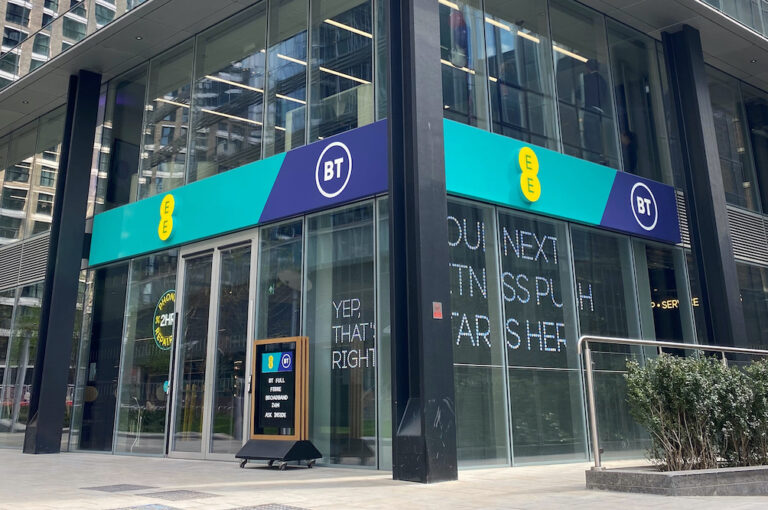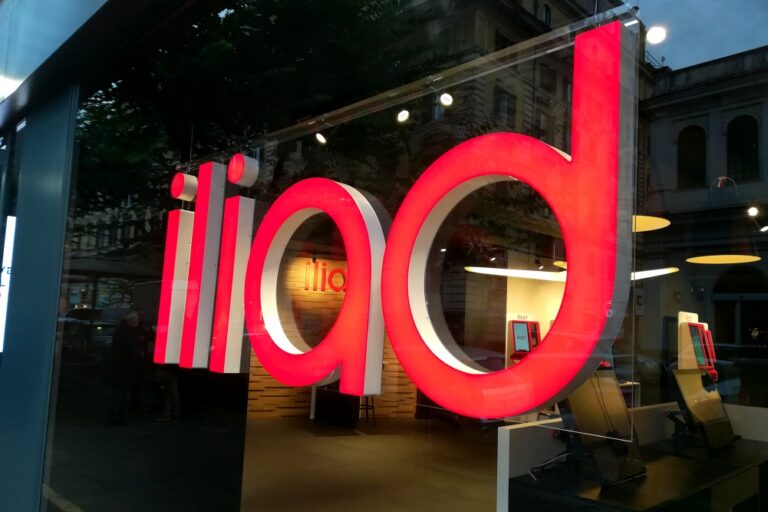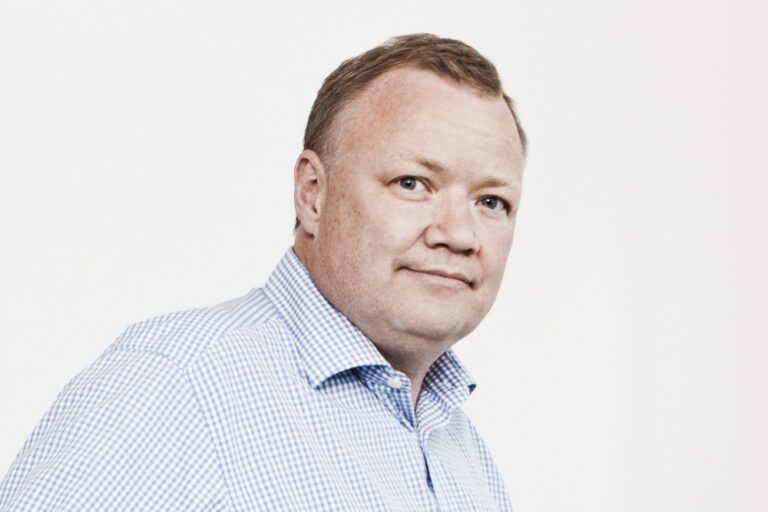It was just the fifth-biggest player in its market
The owners of UK retailer Phones4U were “more concerned with lining their own pockets than running the business” a UK High Court was told on Friday and its allegations of network collusion are “simple and unsensational”, alleged the barrister for one of the accused mobile operators, EE. This aggressive defence was made in the High Court last week by EE’s barrister Mr Meredith Pickford QC, in the case of Phones4U, a retailer which has gone into administration, against EE, Vodafone and O2.
Collapse
Phones 4U collapsed suddenly in 2014. The administrators claim this was the result of a plot between the UK’s major mobile network operators who allegedly conspired to fine tune their sales channel and sell direct to the public. EE’s barrister Mr Pickford had another explanation to offer the judge, Mr Justice Roth, an ex-Chairman of the Competition Law Association. “It involves a market in which Phones 4U was down to two mobile network operators (MNOs), from only four a few years earlier. It involves Phones 4U’s management, who made some bad commercial decisions and found themselves checkmated by a stronger competitor in Carphone Warehouse and it involves Phones 4U’s shareholder and management team, who were more concerned with lining their own pockets than they were with running phones 4U for the long term,” said Pickford.
Dispensable
Pickford’s opening speech continued: “They (Phones 4U) say that they were too indispensable to the UK’s three biggest mobile networks such that those MNOs were individually powerless to leave it There was, according to them, only one way the operators could safely ever free themselves of [the retailer] and that is by colluding together. And they say that notwithstanding that the far smaller network (ie Three), had somehow accomplished that feat on its own some years.”
Credibility gap
It would take an incredible business to have that amount of power over its customers, argued Pickford, and the truth is that Phones 4U did not remotely have the degree of power it claims. “The problem with the conspiracy theory about EE’s exit from Phones 4U is that in common with most conspiracy theories, it relies more on imagination than it does on evidence,” said Pickford. The barrister said that Phones 4U’s reference to the evidence was highly selectively and out of context. Pickford accused the retailer of confecting Ingenious, nefarious explanations for documents when there is a much simpler and ultimately far more plausible alternative reason to leave.
Carphone Warehouse
“It was to seek a much-enlarged deal with the newly strengthened market leader, Carphone Warehouse, to substantially increase investment in its own direct channels and to leave Phones 4U,” said Pickford. The court heard that in May 2014, EE began working on some financial calculations. These showed that, if EE alone chose to leave Phones 4U, that would most likely ultimately lead to Phones 4U’s administration within less than a year of EE’s pullout.
“Now, Mr MacLean (the opposition barrister acting for Phones 4U) has told us a very different story,” said Pickford. “His story starts with a company, Phones 4U, with allegedly quite immense commercial power. In competition law, if an undertaking enjoys a position of economic strength which affords it the power to behave to an appreciable extent independently of its customers’ competitors, and ultimately of consumers, it is said to be dominant.”
Dominant
In Phones 4U’s case, however, it was the fifth-biggest player in its market with a market share of less than eight per cent. So certainly Phones 4U would be extremely unlikely to be thought of as dominant. “Yet, according to Phones 4U, they were far more powerful even that. When you inspect it, you see that the alleged motivations don’t add up. The timing doesn’t fit and there are a series of fatal logical problems in the narrative,” said Pickford.
Big problem
There was one further problem with Phones 4U’s account. “We are told that EE entered into an agreement or a concerted practice, with O2. But there has been no explanation of how that can be so by reference to the relevant legal tests. We are told about an indirect information exchange allegedly between EE and Vodafone, but again without reference to the relevant legal tests. And in our submission that is no oversight on Phones 4U’s part,” said Pickford, “The problem is when one engages in the prosaic task of applying the jurisprudence to the evidence, Phones 4U’s case just falls apart.”
Landmark meetings
The case now comes down to two allegedly collusive bilateral exchanges. One, on 19 September 2012, at The Landmark hotel, when Olaf Swantee (EE CEO) had lunch with Ronan Dunne (O2 CEO) and then the second is said to have occurred between EE and Vodafone in 2014. “So Phones 4U don’t allege that [EE] did anything wrong other than failing to publicly distance ourselves from O2’s approach. But they say that is enough to lead to a finding of collusion against us,” said Pickford.
Repleading themselves
EE had been entirely transparent about what Mr Swantee understood at the time to be inappropriate approaches that were made by Mr Dunne, the court was told. “Phones 4U’s case is essentially made by repleading those same points and then seeking to draw further inferences from them,” said Pickford.
The case continues this week.












